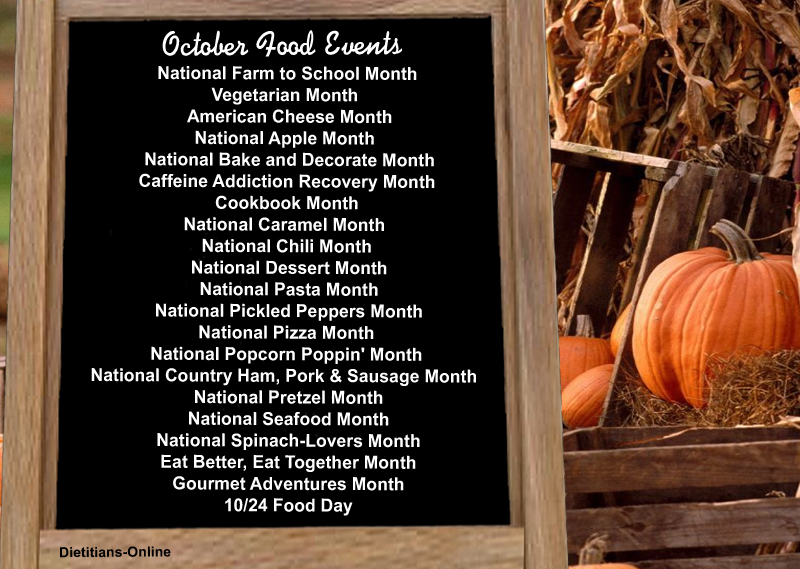The history of the frappé dates back to Greece, where it is known as the "Greek frappé." It was invented by Dimitris Vakondios, a Nescafe representative, in 1957. The story goes that he was demonstrating a new instant coffee product at the Thessaloniki International Fair but couldn't find hot water. So, he improvised by mixing the instant coffee with cold water and ice cubes in a shaker, creating a frothy, chilled coffee drink. This accidental invention became a sensation and is now a beloved coffee beverage in Greece and beyond.
In recent years, frappés have evolved, and there are many variations, including those made with different types of coffee, flavored syrups, and alternative milk options. They are particularly popular during the hot summer months and have gained popularity in various parts of the world, with each region adding its unique twist to the classic recipe.
Frappé refers to:
1. Frappé coffee, an iced coffee beverage made from instant coffee
2. A frozen fruit-flavored dessert made with shaved ice
Frappe Mocha
Yield: 2 servings
Yield: 2 servings
Ingredients
1 teaspoon instant coffee granules
1/4 cup boiling water
1 cup skim milk
4 teaspoons chocolate syrup
1/2 cup crushed ice
Directions
Directions
1. In a small bowl, dissolve coffee granules in water. Pour into an ice cube tray; freeze.
2. In a blender, combine the skim milk, chocolate syrup and coffee ice cubes.
3. Cover and process until smooth.
4. Add crushed ice; blend.
5. Pour into chilled glasses; serve immediately.
2. In a blender, combine the skim milk, chocolate syrup and coffee ice cubes.
3. Cover and process until smooth.
4. Add crushed ice; blend.
5. Pour into chilled glasses; serve immediately.
Nutritional Analysis
References and Resources
1. Wikipedia: Frappe
Nutritional Analysis Services
Ensure accurate and cost effective nutritional analysis and food nutrition facts labels for your recipes and menus utilizing an extensive research database. A great service for the Media, Publishers, Writers, Chefs, Recipe Websites and Blogs. Your readers will enjoy and benefit from the Nutrition information.
For more information, visit Dietitians-Online Nutritional Analysis Services
contact:
Sandra Frank, Ed.D, RDN, LN, FAND
recipenews@gmail.com
954-294-6300































